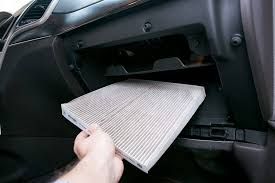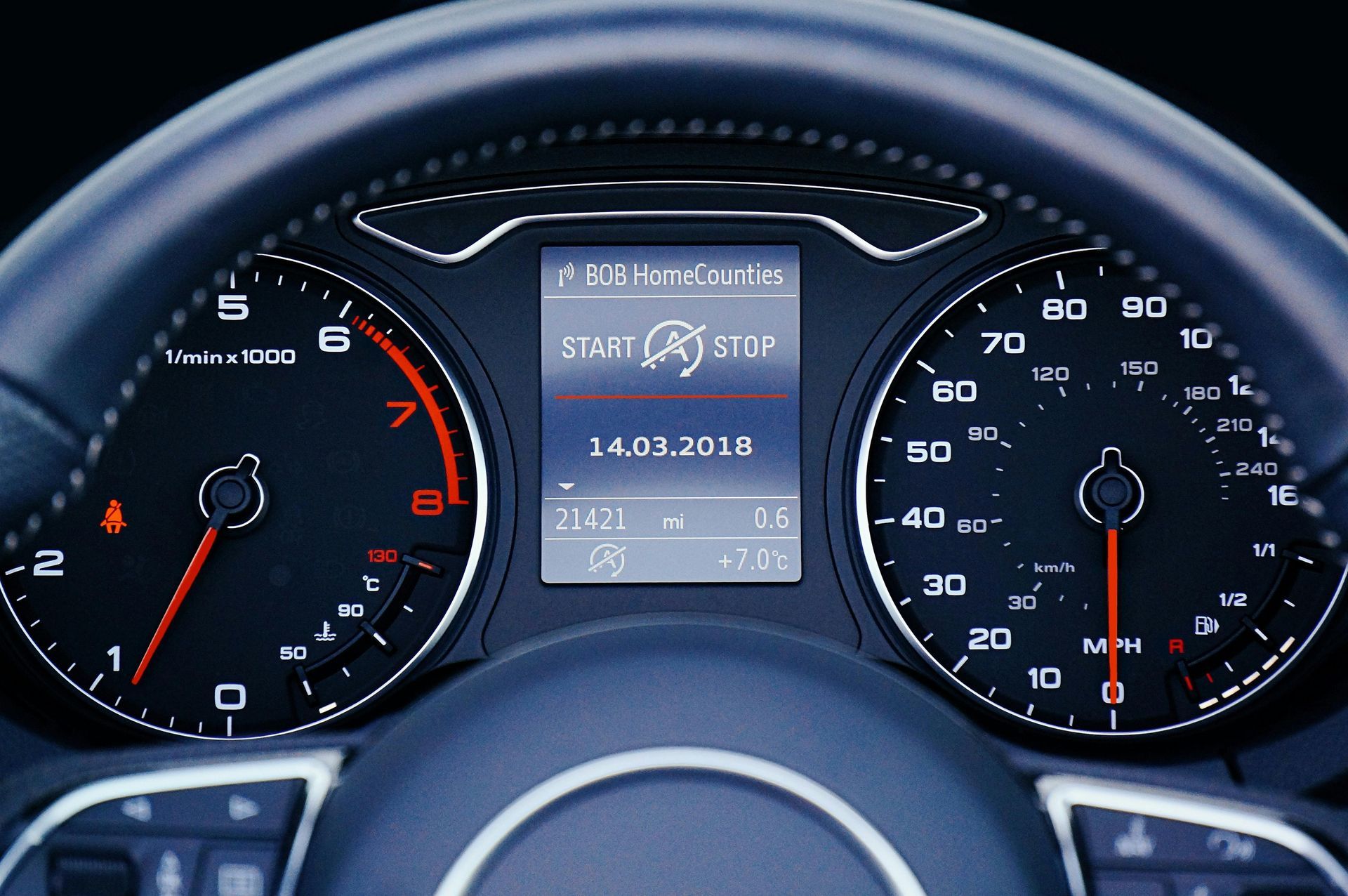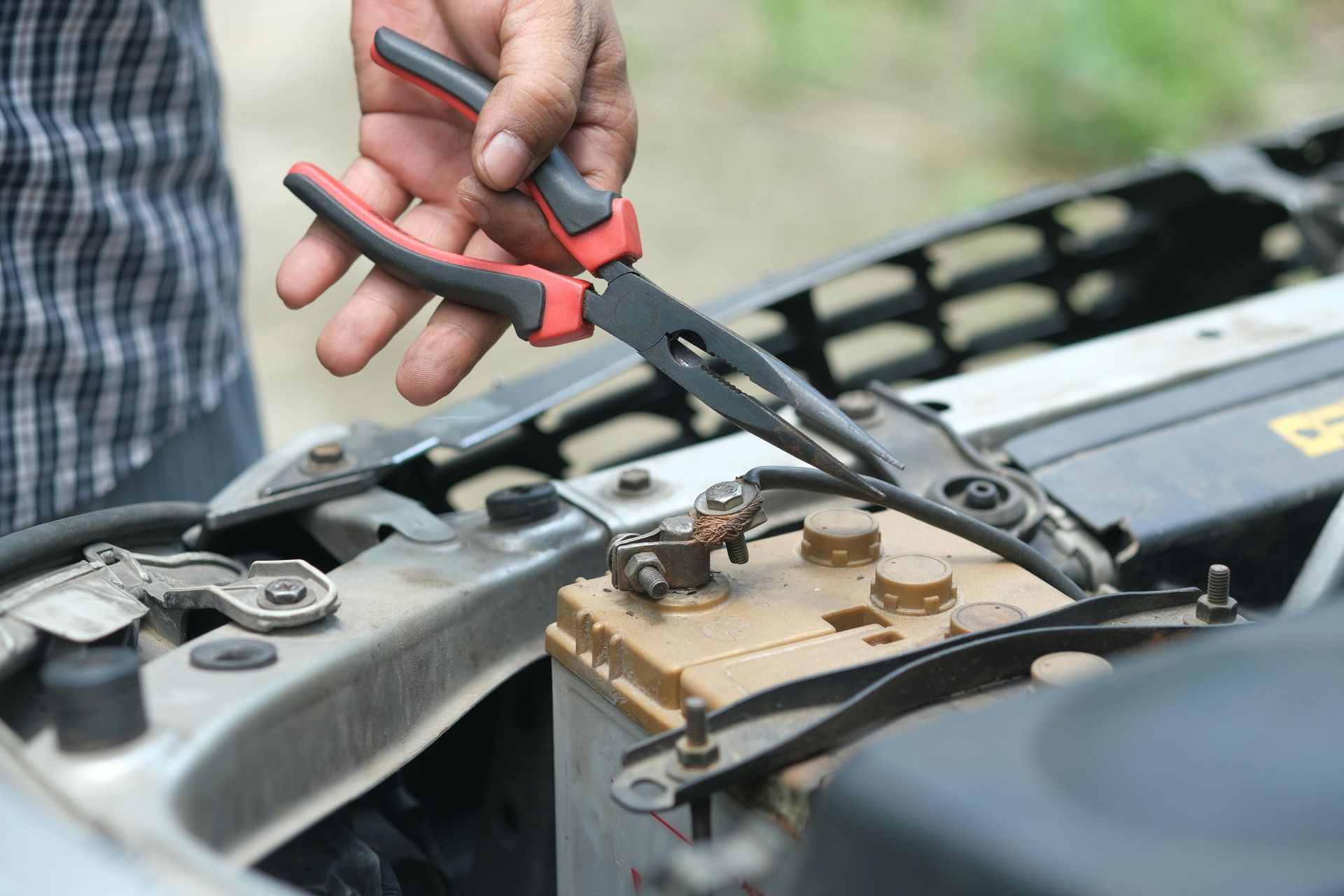How Often Do I Need to Change My Oil? Insights from Lariat Automotive in Duluth, MN
Maintaining your vehicle's health is crucial for ensuring a smooth, reliable, and safe driving experience. One of the fundamental aspects of vehicle maintenance is regular oil changes. At Lariat Automotive in Duluth, MN, we understand that there are many questions surrounding oil changes, including how often they should be done. This comprehensive guide will explore the importance of oil changes, factors that influence the frequency of oil changes, and how Lariat Automotive can help keep your vehicle running smoothly.
The Importance of Regular Oil Changes
Oil is the lifeblood of your engine. It lubricates the moving parts, reduces friction, and helps regulate engine temperature. Over time, engine oil breaks down and becomes contaminated with dirt, debris, and other particles, reducing its effectiveness. Regular oil changes are essential for:
- Lubrication: Fresh oil provides optimal lubrication for engine components, reducing wear and tear.
- Cooling: Oil helps dissipate heat generated by the engine, preventing overheating.
- Cleaning: Oil carries away dirt and debris, keeping the engine clean and functioning efficiently.
- Performance: Regular oil changes ensure your engine runs smoothly, improving overall performance and fuel efficiency.
- Longevity: Proper maintenance, including regular oil changes, extends the life of your engine.
How Often Should You Change Your Oil?
The frequency of oil changes depends on several factors, including the type of oil used, driving conditions, and the make and model of your vehicle. Here are some general guidelines:
- Manufacturer's Recommendations: Always refer to your vehicle’s owner’s manual for the manufacturer’s recommended oil change intervals. These recommendations are based on extensive testing and are tailored to your specific vehicle.
- Conventional Oil: If your vehicle uses conventional oil, it's typically recommended to change the oil every 3,000 to 5,000 miles.
- Synthetic Oil: Synthetic oil lasts longer than conventional oil and can usually be changed every 7,500 to 10,000 miles. However, this can vary based on the manufacturer’s guidelines.
- Driving Conditions: Harsh driving conditions, such as frequent short trips, stop-and-go traffic, towing, or driving in extreme temperatures, may require more frequent oil changes.
- Vehicle Age and Usage: Older vehicles or those with high mileage may benefit from more frequent oil changes to maintain optimal performance.
Factors Influencing Oil Change Frequency
Several factors can influence how often you need to change your oil:
- Driving Habits: Aggressive driving, frequent short trips, and stop-and-go traffic can cause your oil to degrade faster.
- Climate: Extreme temperatures, whether hot or cold, can affect your oil’s viscosity and performance, necessitating more frequent changes.
- Terrain: Driving on rough or unpaved roads can introduce more dirt and debris into your engine oil, requiring more frequent changes.
- Towing and Hauling: Regularly towing heavy loads or carrying heavy cargo can put extra strain on your engine, leading to quicker oil degradation.
How Lariat Automotive Can Help
At Lariat Automotive in Duluth, MN, we offer comprehensive oil change services to keep your vehicle running smoothly. Here’s why you should trust us with your oil changes:
- Experienced Technicians: Our certified technicians have extensive experience and knowledge in performing oil changes on all makes and models.
- Quality Oil and Filters: We use high-quality oil and filters to ensure your engine receives the best protection and performance.
- Thorough Inspections: During an oil change, we perform a thorough inspection of your vehicle to identify any potential issues and keep your vehicle in top condition.
- Convenient Scheduling: We offer flexible scheduling options to accommodate your busy lifestyle. You can easily book an appointment online or give us a call.
- Customer-Centric Approach: At Lariat Automotive, we prioritize your satisfaction and strive to provide exceptional service with every visit.
Tips for Maintaining Your Vehicle’s Oil
Proper maintenance goes beyond regular oil changes. Here are some tips to help you maintain your vehicle’s oil and overall health:
- Check Oil Levels Regularly: Make it a habit to check your oil levels at least once a month. Low oil levels can cause significant engine damage.
- Monitor Oil Quality: Pay attention to the color and consistency of your oil. If it appears dirty or has a burnt smell, it’s time for a change.
- Follow Manufacturer’s Guidelines: Adhere to the oil type and change intervals recommended by your vehicle’s manufacturer.
- Listen to Your Vehicle: Unusual noises, decreased performance, or warning lights can indicate oil-related issues. Don’t ignore these signs—bring your vehicle to Lariat Automotive for an inspection.
Frequently Asked Questions About Oil Changes
Q: Can I switch between conventional and synthetic oil?
A: Yes, you can switch between conventional and synthetic oil. However, it’s essential to follow your vehicle manufacturer’s recommendations and consult with our technicians to ensure compatibility.
Q: What happens if I don’t change my oil regularly?
A: Neglecting regular oil changes can lead to engine wear, decreased performance, overheating, and potentially costly repairs. Regular oil changes are crucial for maintaining your engine’s health.
Q: How can I tell if my oil needs to be changed?
A: Signs that your oil needs to be changed include dark, dirty oil, a decrease in fuel efficiency, engine noise, and the oil change warning light illuminating on your dashboard.
Q: Do electric vehicles need oil changes?
A: Electric vehicles (EVs) do not require traditional oil changes because they don’t have internal combustion engines. However, EVs still require regular maintenance, such as checking the coolant system and inspecting brakes.
Contact Lariat Automotive Today!
Don’t wait until it’s too late to change your oil. Trust the experts at Lariat Automotive in Duluth, MN, to keep your vehicle running smoothly and efficiently. Whether you need a conventional or synthetic oil change, our team is here to help. Visit us today or schedule an appointment online to experience our exceptional service and expertise.


Follow us
Lariat Automotive
Services
Follow us
Lariat Automotive
5142 Rice Lake Rd, Duluth, MN 55803, United States of America
Mon - Fri 7:00 AM - 5:00 PM
© 2024 Business Name. All Rights Reserved | Website managed by Shopgenie












